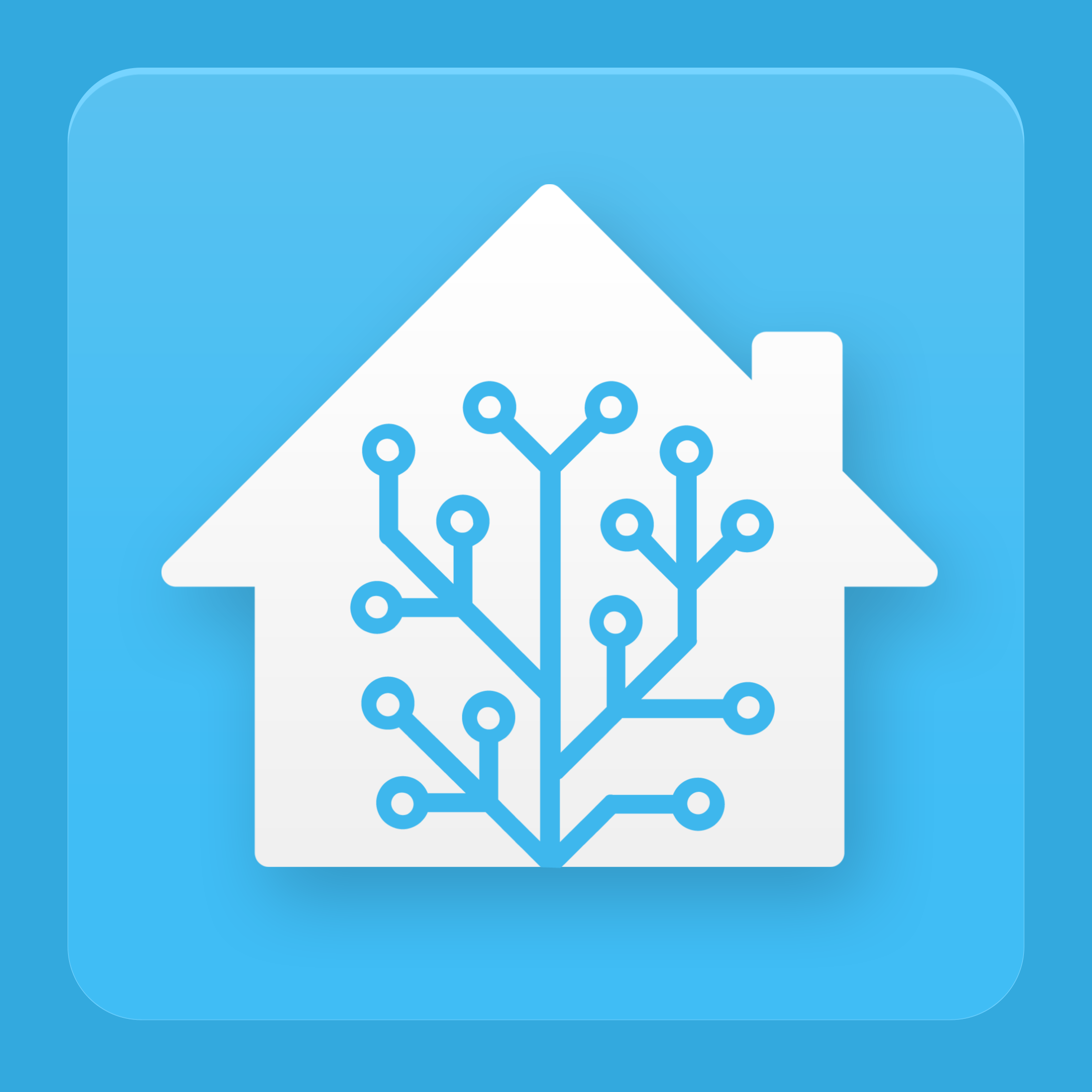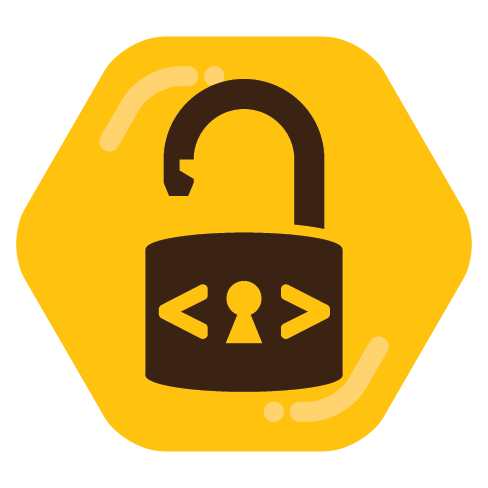

This laptop certainly isn’t for everyone. I currently have a Framework as my daily, and it’s nice. I won’t be getting this because I just can’t justify the cost. I did, however, order a Pocket Reform, which I am very excited for. My goal is to eventually go from android phone to dumbphone for emergencies + pocket reform.























I think you have some fundamental confusion.
First, the ESP32 only has firmware because it is a microcontroller and does not have an operating system. It is also primarily a network client that requests data from a service running on a network host. And it also acts as a server on initial boot to host a web UI for configuring WiFi credentials.
Second, Home Assistant is a whole can of worms, but big parts of that are services that run continuously on the machine you install it on that are listening for requests over the network. This is how you access the web UI from a browser. This is how you access the UI from a Home Assistant app on your phone. This is how networked IoT devices send data to Home Assistant. Home Assistant is fairly useless without these services running continuously and doing that makes the machine you run it on what we would colloquially call a “server” or “host”.
That’s it. That’s what self-hosting is. Yes, sometimes you could be also serving data over the internet or have something to do with “the cloud”, but that’s not necessarily the case, and with the stuff that I host at home, often not.
Your laptop could be a server, depending on what you install on it, but this dichotomy you laid out of “either hosting is only for cloud stuff or, if you have any computer, you are always self-hosting” is just not based in reality. There are fuzzy edges to what it means to be a server, but they’re not anywhere close to that fuzzy.
Also, you’re making “modify the firmware” into this big monster that it is just not. You don’t have to learn a programming language. You don’t have to maintain a fork. You’re changing one line and running a few commands. They have a tutorial that walks you through it. It’s really easy.
On top of that, like I said in another comment responding to you, the need to modify firmware is temporary.